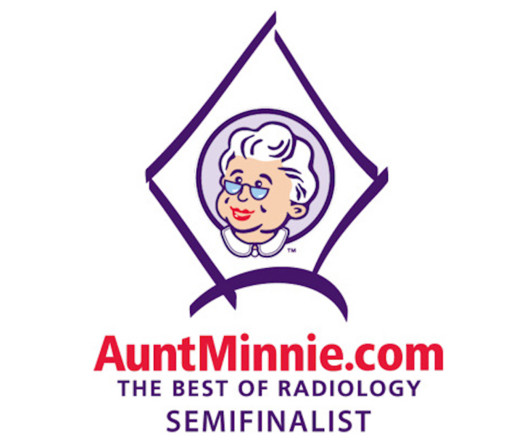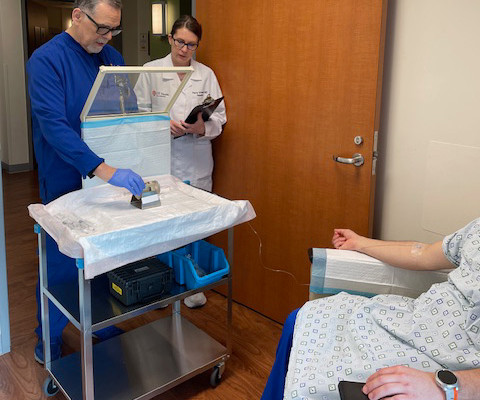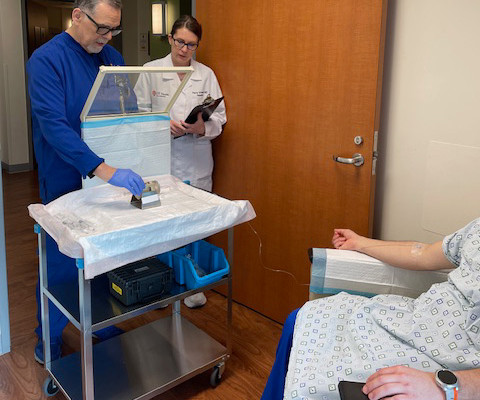IMV: PET scan volumes continue to grow
AuntMinnie
MARCH 7, 2024
In 2023 compared with 2022, the total volume of positron emission tomography (PET) scans increased 10.2% year over year, according to the newly published IMV 2024 PET Market Summary Report. In 2023, the average number of PET scans per fixed PET site (versus mobile PET) increased 6.7%












Let's personalize your content